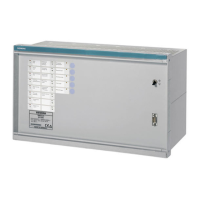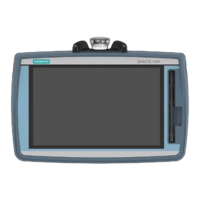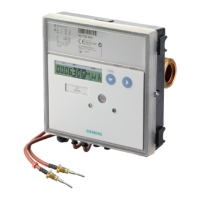Page A-1
Appendix A Protecting Yourself From
Biohazards
This appendix summarizes the established guidelines for handling
laboratory biohazards. The summary is based on the guidelines
developed by the National Institute of Health (NIH) and Centers for
Disease Control (CDC), the guidelines for NCCLS Document M29,
Protection of Laboratory Workers from Infectious Disease Transmitted
by Blood and Tissue and Document I17, Protection of Laboratory
Workers from Instrument Biohazards
8,9
.
Use this summary for general information only. It is not intended to
replace or supplement your laboratory or hospital biohazard control
procedures.
By definition, a biohazardous condition is a situation involving
infectious agents that are biological in nature, such as the hepatitis B
virus (HBV), the human immuno-deficiency virus (HIV), or the
tuberculosis bacterium. These infectious agents may be present in
human blood and blood products and in other body fluids.
The major sources of contamination when handling potentially
infectious agents are:
• hand-to-mouth contact
• hand-to-eye contact
• direct contact with superficial cuts, open wounds, and other skin
conditions that may permit absorption into subcutaneous skin
layers
• splashes or aerosol contact with skin and eyes
To prevent accidental contamination in a clinical laboratory, strictly
adhere to the following procedures:
• Wear gloves while servicing parts of the instrument that have
contact with body fluids such as whole blood.
• Wash your hands before going from a contaminated area to a non
contaminated area, or when gloves are removed or changed.
• Perform procedures carefully to minimize aerosol formation.
• Wear facial protection when splatter or aerosol formation is
possible.
• Wear protective clothing such as labcoats or aprons when working
with possible biohazard contaminants.
• Keep your hands away from your face.
• Cover all superficial cuts and wounds before starting any work.
• Dispose of contaminated materials according to the biohazard
control procedures established for your laboratory.
• Keep your work area disinfected.
• Disinfect tools and other items that have been near any part of the
instrument sample path or waste area with 10% v/v bleach.

